Posted by Editor | Comments Off on Sleep Like Sleeping Beauty
Sleep Like Sleeping Beauty
5 Tricks to Getting a Good Snooze at Night
Ever gone to bed promising yourself that you’ll sleep at 10 PM, only to stay up the whole night watching your favourite series? Well, if you find yourself doing this regularly, all the while complaining about feeling groggy the next day, then you’re not practising good sleep hygiene. Observing proper hygiene is crucial for getting a good night’s sleep, and here’s how you can do just that:

Sleep and Wake Up the Same Time Everyday
Waking up the same time every single day helps in stabilizing your circadian rhythm. This means you’ll also start feeling sleepy the same time every night, thereby normalizing your sleeping pattern. Health experts even advise to avoid extending your sleep, as it’ll only make you feel more tired later in the day. So turn off your snooze button, and just get up and start your day.

Adjust the Temperature in Your Bedroom
Adjusting your bedroom environment is part of proper sleep hygiene. One way of doing is to by lowering your room temperature, since a drop in body temperature help in inducing sleep. The ideal temperature is between 15 to 19 degrees centigrade. If it’s too cool for you, set your AC to a temperature that’d still prevent heat build-up at night.

Keep Your Bed Space Quiet and Dark
Along with lowering the temperature in your room, this is another way of adjusting your bedroom environment. External disturbances like bright lights and noise will just keep you up and about. Sleep specialists even say that people slept earlier during the time before electricity was discovered. So when it’s time for your hit the sack, ensure that you put the lights out and turn the radio or TV off.

Use Your Bed for Sleeping Purposes Only
Your bed should be a furniture piece that you’ll only use for sleeping – no other activities, such as reading or eating should done on it. If you wake in the middle of the night, get out of your bed and read. Just ensure that you only read a book, and just go back to bed when you’re feeling sleepy again.

Get Rid of the Blue Light
The blue light emanating from the screen of your phone is notorious for slowing melatonin production, which is essential for helping you sleep. To lessen its effect, wear eyeglasses that cancel out these blue glares. You can also put your phone on night shift mode, but the most ideal option is to just put your gadgets away.
Getting a good snooze at night won’t only make you look good in the morning, it’ll also help you focus more at work. So get the good shut-eye that you deserve by simply putting the aforementioned tips to work.
Read MorePosted by Editor | Comments Off on What Happens if You Have Iron Deficiency
What Happens if You Have Iron Deficiency
To understand what the lack of iron does to the body, you should remember its roles in the body. The most important thing to keep in mind is that iron is vital for blood production, oxygen transportation, energy metabolism, and immune function. At least a quarter of the iron in the body is stored in cells and circulated in the blood, which means that if the iron level is low, hemoglobin level is also low. Oxygen transfer to the tissues is inadequate. This condition then leads to iron deficiency, or a worse condition called iron deficiency anemia.

Iron Deficiency Anaemia
This is a common type of anemia especially for women who still have their menstruation. Usually a person with anemia experiences frequent fatigue, cold hands and feet, weakness, pale skin, headache, lightheadedness, dizziness, chest pain, shortness of breath, fast heartbeat, inflammation, brittle nails, dry and damaged skin and hair, poor appetite, restless legs, swelling or soreness of the mouth or tongue, frequent infections, anxiety, and unusual cravings.
Some of these symptoms may be mistaken for other conditions, so make sure to get a proper checkup to determine if you have another undiagnosed illness. Restless legs is a syndrome that is usually most obvious at night. The person experiences at urge to move the leg even at rest because of a tingling or crawling sensation.
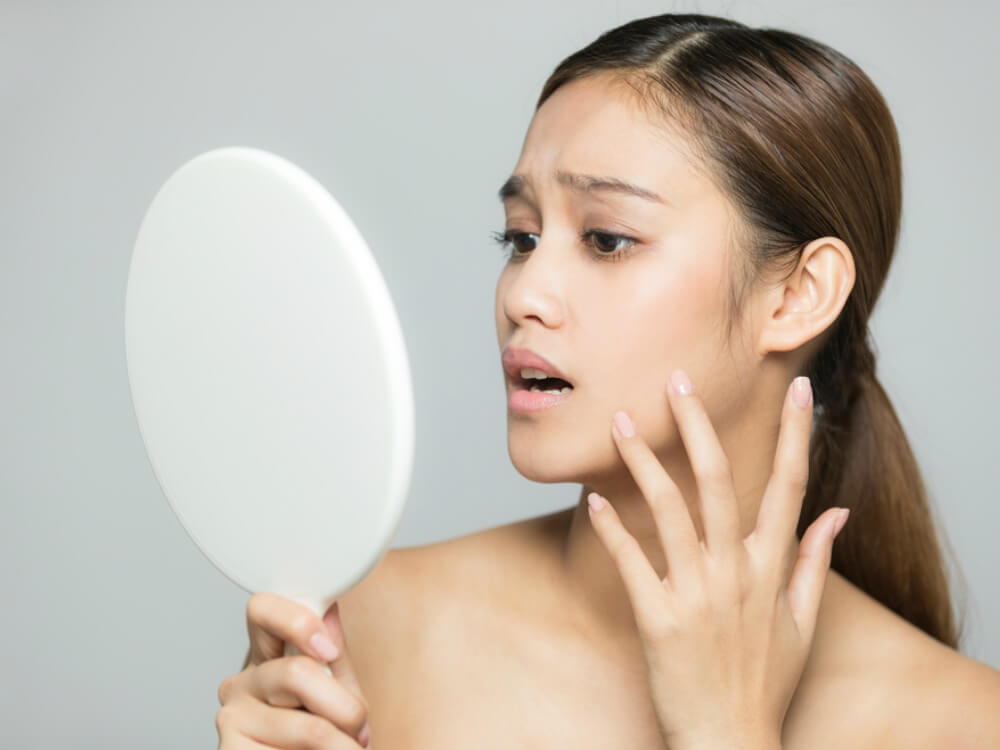
Sometimes iron deficiency anemia is caused by the body’s inability to absorb iron. If this is the case, supplements will not be enough. Disorders such as celiac disease can affect not only how nutrients are absorbed in the body but the accumulation of the unused nutrients can also cause various other symptoms.
Iron Requirements and Sources
Iron level requirements is about 1.8 milligrams daily, but not all of it is used by the body. Although you can supplement your iron intake with ferrous sulfate tablets, you also need to have enough vitamin C to help your body absorb and use that iron.
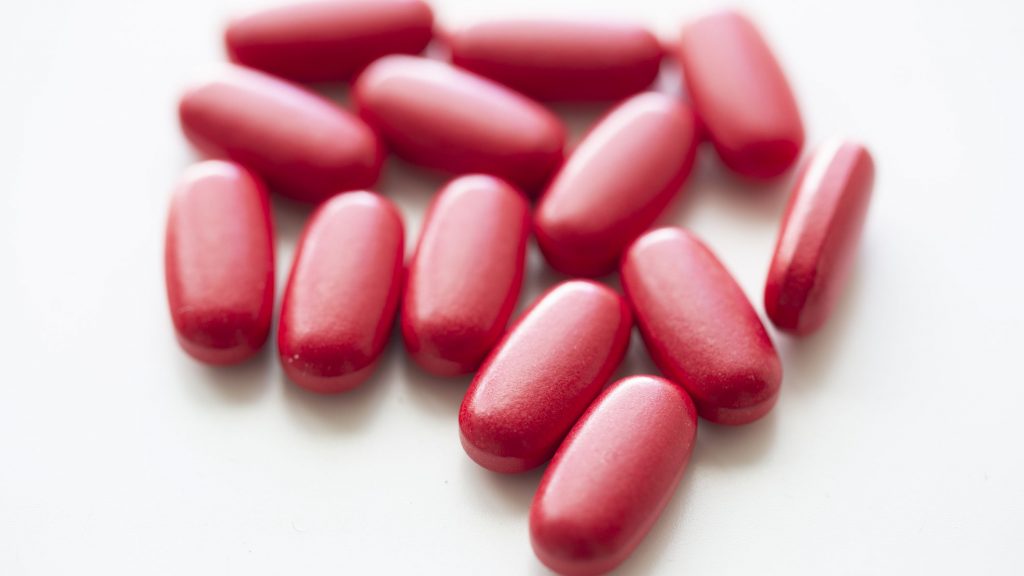
The following are iron-rich food that you must include in your diet:
- Fish, shellfish, mussels, clams
- Chicken, turkey, beef, pork, veal, lamb, liver, and any red meat
- Green leafy vegetables, tofu, bean sprouts, tomatoes, potatoes, green beans, corn, beets, peas
- Grapefruit, kiwi, oranges, melons, strawberries, tangerines
- Iron-fortified pasta, bread, and cereals

Some food may inhibit iron absorption, so you might want to limit your consumption of coffee and tea. Instead, eat more dairy and whole grain food to help your body absorb and use iron. Supplements might help, but you should keep in mind that there can be unpleasant side effects such as diarrhea, constipation, heartburn, nausea, and stomach pains.
Infants are recommended to drink only breast milk until 2 years of age. If the parents are unable to do so, however, iron-fortified formula is a good substitute. Toddlers should be fed pureed meat and fortified cereals at least twice daily.
Read MorePosted by Editor | Comments Off on Everything You Need to Know About Placebo Sleep
Everything You Need to Know About Placebo Sleep
Having a hectic schedule and a really stressful routine can easily impact your sleep, the lack of which can lead to sleep deprivation and take a toll on your health. But here’s something that will change the way you go about your routine: if you haven’t slept a wink, you might just get through the day by convincing yourself that you rested well the night before.

This is known as “placebo sleep”, which a recent study has shown can improve the cognitive functions of participants regardless of whether they actually had enough rest.
What is the placebo effect?
The placebo effect is simply believing that something is effective, even when it isn’t, can actually have an effect. One case for this is with ordinary sugar pills and gel caps administered to patients who are told that it’s medicine, and their symptoms are shown to improve after some time.

A similar effect can be applied to sleep. You can convince yourself that you’re better rested by simply focusing on the hours of rest that you’ve actually had rather than the ones you missed. There are other ways you can focus on the placebo effect with, like the following:
- Changing your outlook – Adopting a positive attitude towards life can improve your overall health, since it encourages you to take better care of yourself.
- Staying active – Just like positive thinking, simply convincing yourself that you have
But while the placebo effect is real, and have positive effects, the question is: should you do it regularly or use it to go on less sleep for an extended period? Probably not.

Simply counting on the placebo effect to substitute for sleep doesn’t guarantee that your body will shrug off stress. In fact, it’s more likely that the effects of deprivation will continue to mount and have a negative impact not just on your body, but also on your overall routine.
Improving your sleep quality
The best way to make sure you have the energy is simply getting the rest your body needs. Instead of relying only on the placebo effect and tricking yourself about being well-rested, try these tips to make sure you’re definitely well-rested:
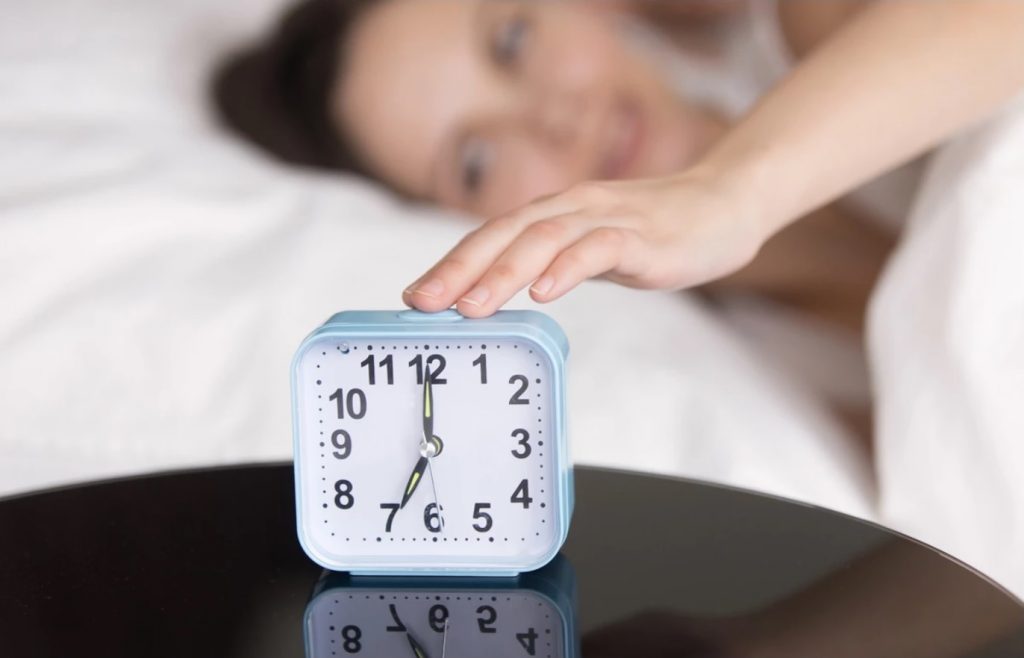
- Be consistent. Being in sync with your body’s circadian rhythm makes it easier for you to fall asleep and wake up.
- Sleep at an earlier time. If you’re used to staying up late, sleeping fifteen minutes earlier is a good way to start.
- Stay hydrated. Drinking enough water reduces fatigue and gives you a much-needed boost for brain power and energy.
- Keep your room dark. Bright lights can interfere with the natural sleep cycle, and makes it take longer for you to sleep.
Posted by Editor | Comments Off on Why You Should Get Started at Yoga at Any Age (Especially in Your Forties)
Why You Should Get Started at Yoga at Any Age (Especially in Your Forties)
When you’ve reached the midway of your life or your golden years, regular exercise promises serious benefits. However, not all workouts are for everyone.
As we age, high-impact exercises can seriously strain the joints, so it’s really important to find a type of exercise that can improve both our physical and mental health while still adjusted to have as little risk as possible.
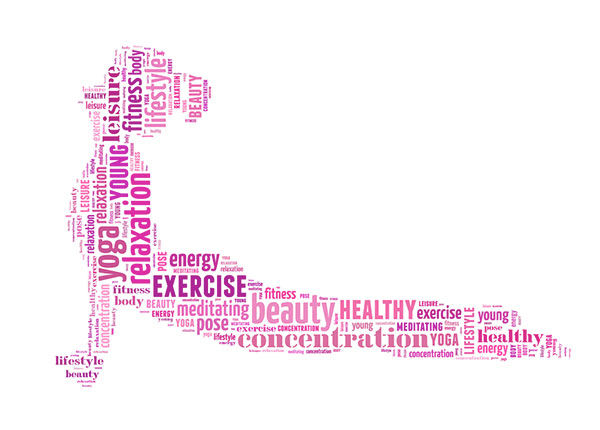
This is where yoga comes in as the exercise that anyone can appreciate and start doing as a routine at any age, and you’ll be surprised at the following benefits that yoga has:
Strength Training
Most people don’t think of strength training when they think of yoga, but you’ll be surprised at how much time you’ll be spending doing different bodyweight exercises and holding them for extended periods.
Flexibility
Yoga has a lot of exercises that allow you to stretch your arms, legs, hips, back, and even shoulders without straining them too much. As you continue with these exercises, you’ll find that your flexibility improves each session.
Mental Health Training
The emphasis on breathing and holding poses for certain lengths of time means that yoga was originally developed to prepare for meditation. For those dealing with a significant lack of sleep, stress, anxiety, and even depression, this is good news.

Getting started in yoga doesn’t take up too much time – all you need are a few minutes in your day alone.
This means that you have a lot of control in how you can get started. You can enroll in a class, look up different poses and breathing techniques on your own time at home, or even hire a private instructor.
Yoga comes in different types with their own purposes, intensities, and pose sets, such as the following:
• Hatha – The slow pace and the general introduction to basic poses and breathing techniques make this type of yoga great for beginners who are just starting out.
• Bikram – Also for beginners, this type of yoga is both meant to improve flexibility using a predictable routine and an environment with high humidity.

• Ashtanga – For those looking for a more intense routine, Ashtanga is based in ancient yoga and uses a more difficult set of poses, each connected to a certain breathing technique.
• Iyengar – This type of yoga uses different props to help you achieve certain poses and forms more accurately, and is best for those recovering from injuries.
You’ll also find that there are different breathing techniques and sequences that you can use outside of yoga (and as a precursor to daily meditation routines), from basic breath retention, to the Conqueror breath, and even the Deer Seal.
Perhaps the best thing about yoga isn’t just that it’s a great low-impact exercise with a lot of health benefits, but that you don’t need any equipment to get started – all you need is an exercise mat and comfortable clothes that have enough room for you to stretch in.
Read MorePosted by Editor | Comments Off on What You Need to Know About Crohn’s Disease
What You Need to Know About Crohn’s Disease
Crohn’s disease was not described until 1932 by Dr. Burrill Crohn, who classified it as one of the inflammatory bowel diseases (IBD) that affect the gastrointestinal tract. The description of Crohn’s disease can be confusing to some, because it overlaps the symptoms with ulcerative colitis, part of irritable bowel syndrome and not IBD, and affects only specific parts of the gut.
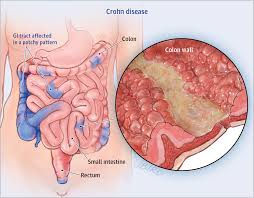
What Causes Crohn’s Disease?
Doctors aren’t clear about the cause of this disease. Some agree that it is an autoimmune illness, but it is known as a chronic disease with symptoms that range from mild to severe and can even change over time. Others point to genes, the use of NSAIDs, frequent consumption of high-fat food, and smoking as risk factors for developing Crohn’s disease. Given all these information, it’s not surprising that the treatment of the disease gets complicated, especially if the doctor is not familiar with the disease.
What are the Symptoms?
The severity and range of the symptoms will vary from person to person and could also flare up when certain types of food are consumed. The symptoms might also change depending on which part of the gastrointestinal tract is affected, that is why most patients are asked to gauge the intensity of the symptoms by themselves.
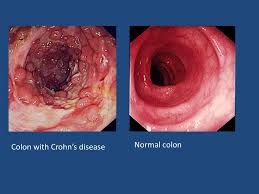
Symptoms may include the following:
1. Recurring diarrhea
2. Constipation (if you’re not having diarrhea)
3. Rectal bleeding
4. Abdominal cramps and pain
5. Changes in appetite
6. Changes in weight
7. Fatigue
8. Anemia
9. Fever, vomiting and/or nausea
10. Eye pain and redness
11. Joint pain
12. Changes in the skin
13. Mouth ulcers
It’s important to be frank about the symptoms you have observed when you’re consulting a specialist in Singapore, because the doctor will determine the best treatment plan based on the symptoms. Fever, weight loss, vomiting, and blockages or infections in the intestine are all signs of moderate to very severe Crohn’s disease that need immediate treatment.

What are the Treatments?
The treatment of Crohn’s disease will depend on the symptoms and the location of the inflammation in your gut. There are six types of Crohn’s disease based on the inflammation, such as; ileocolitis (affects the ilium and colon), ileitis (affects the small intestine), gastroduodenal Crohn’s disease (affects the stomach and duodenum), jejunoileitis (affects the jejunum), Crohn’s or granulomatous colitis (affects the colon), and Perianal Crohn’s (affects the anus).
The doctor will perform the following tests during the check-up: physical exam (check for bloating, pain or tenderness in the abdomen), upper GI series, intestinal endoscopy, CT scan, blood tests (to check for anemia and inflammation), and stool test.
You might be prescribed medications such as corticosteroids, aminosalicylates, immunomodulators, and biologic therapies. Bowel rest, or limiting your food and drink, is also important, but some patients might need surgery to remove obstructions, fistulas, or if the symptoms don’t improve even with medication.
Read MorePosted by Editor | Comments Off on Less-Known Eating Disorders You Should Be Aware Of
Less-Known Eating Disorders You Should Be Aware Of
Anorexia nervosa, morbid obesity, and bulimia nervosa are not the only documented types of eating disorders. There are other illnesses that need as much attention as these in the face of an overabundance of food and the hundreds of diet and lifestyle fads on the Internet.

• Compulsive Exercising. Known to doctors in Singapore as anorexia athletica, hypergymnasia, and exercise bulimia, this eating disorder is marked by an obsession with keeping fit through excessively exercising. Patients with this illness get to the point when they even injure themselves from working out too much because they no longer allow their bodies enough time to recover in between exercises. If not treated, the person could suffer from various injuries, loss of bone mass, osteoporosis, and other complications.
• Body Dysmorphic Disorder. Most individuals who have an eating disorder may also likely be suffering from body dysmorphic disorder. Some psychologists do not think this is an eating disorder, but is more of a compulsive disorder. A person with this condition also has one of these symptoms: has an imagined or real physical defect, impairment or feeling of distress due to the physical defect or appearance, and the condition cannot be explained by other health problems.

• Muscle Dysmorphic Disorder. Also called bigorexia, this is the opposite of anorexia nervosa because the person is not obsessed about being slim, and instead, is worried about being small and frail. They focus on getting good muscle mass to become bigger, though not necessarily fat, so they would not look skinny.
• Night-Eating Syndrome. While this might not be as bad as other eating disorders, this can cause a lot of health problems because of the unusual practice of eating late in the day or night and skipping breakfast for lack of appetite. However, the person also feels guilty about eating too much the night before.
• Rumination Syndrome. An individual with this condition tends to regurgitate the food back into the mouth, then tries to chew and swallow it again. This act may be involuntary of voluntary, but the person should get help as soon as possible because the lack of nutrients can cause a lot of complications.

• Pica. Most of the patients who suffer from this eating disorder are very young children and some pregnant women. Pica is characterized by the need to consume or a craving for objects that have no nutritional value such as dirt, chalk, clay, and others.
• Orthorexia Nervosa. Psychologists believe that this disorder is becoming more common nowadays due to the rise of diet and lifestyle fads that promise a healthier body. It is not yet officially recognized as an eating disorder, but the lack of knowledge about one’s body, the desire to follow health trends, and the need to show off in social media, has led some people to focus on losing weight by consuming only “healthy” food. While this might not sound alarming, there are people who go to the extreme of avoiding sugar, gluten, and fat altogether even in small amounts.
Read More
